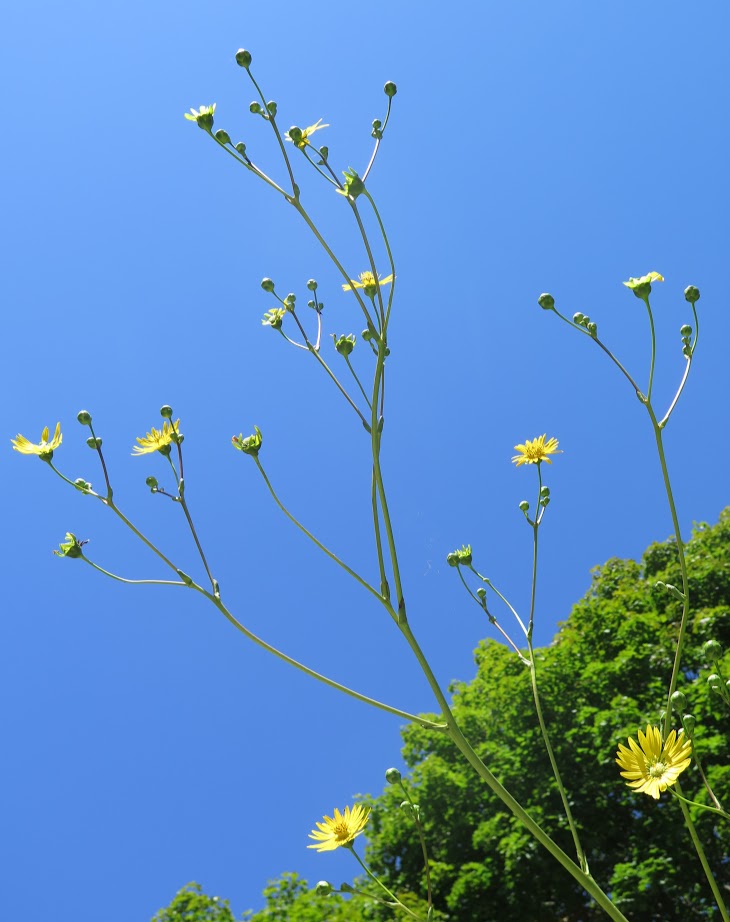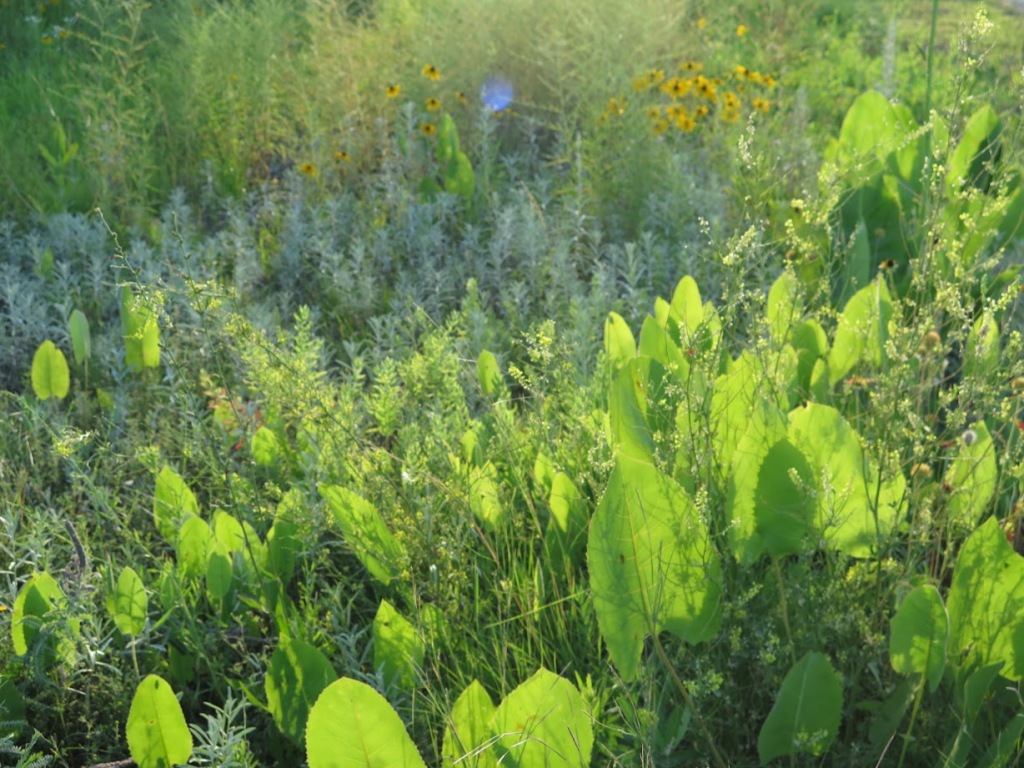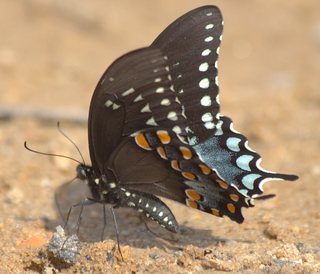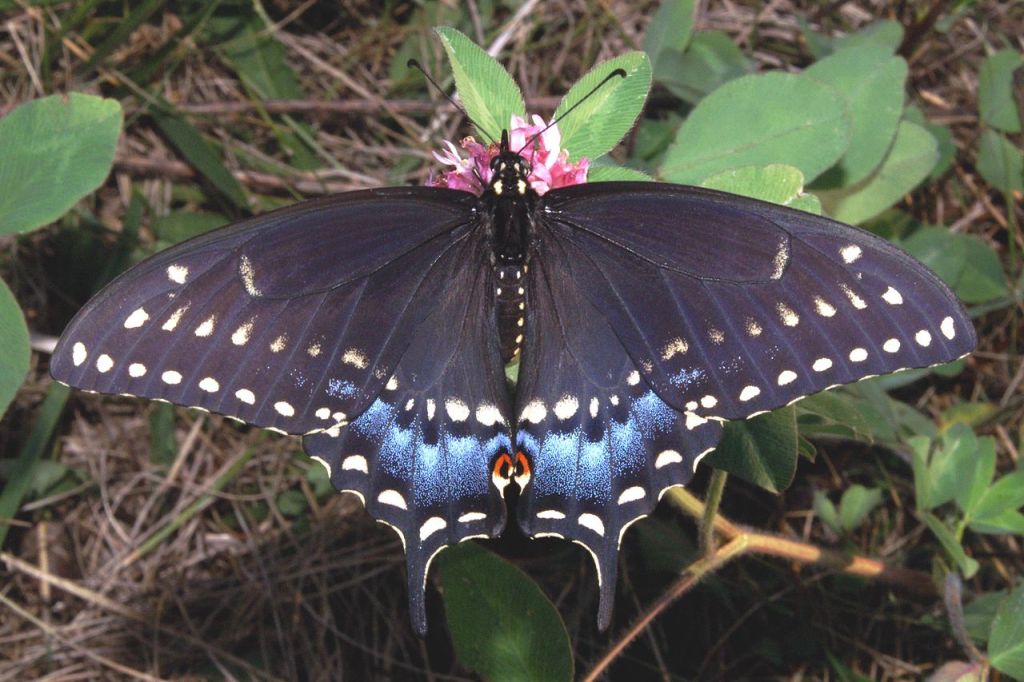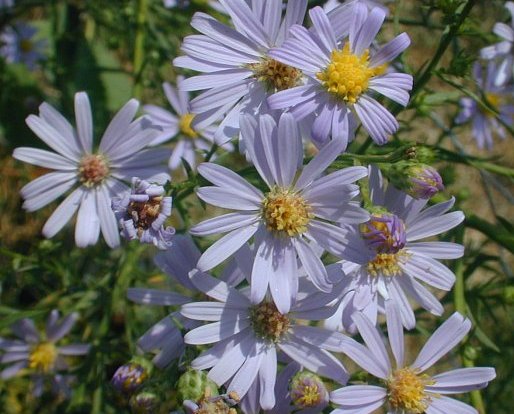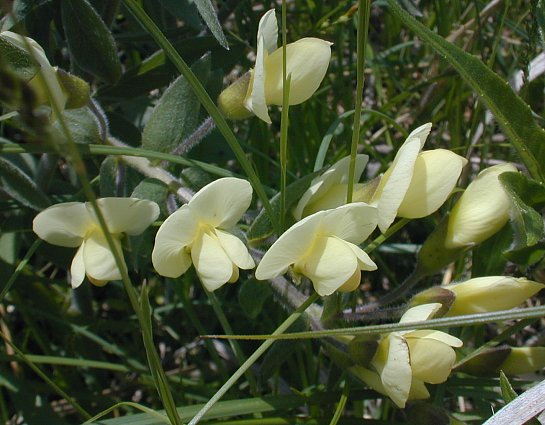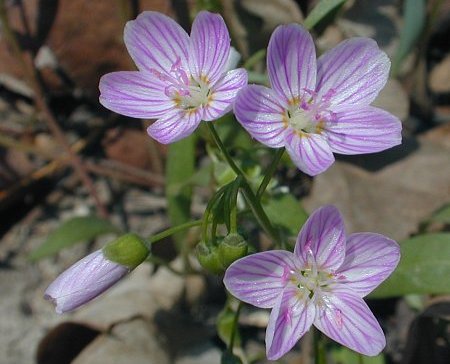[This post was written a week ago, but I didn’t have time to post it!]
About a month ago, the wood ducks arrived -surprise! They’ve come every year for the past five years, and their migration might be long, but their arrival always seems sudden. Suddenly, wood ducks, know what I mean? And that is life. Suddenly, wood ducks.
In our family, just as slowly and quickly as a long migration, jobs have changed, houses and yards have been bought and sold and packed (almost packed), and now, we are staring down a move to Vermont on Monday, driving a U-haul across the country, with a dog, a cat, and two small kids, and arriving on Wednesday. As you can imagine, all this feels very surprising. Suddenly, Vermont.

With the pandemic and small children, we couldn’t go out to look around, so we’re heading to a house and yard (and future garden) we’ve only seen in pictures. No doubt, more surprises are in store. Ha!

As you can imagine, some of my first thoughts have gone to my garden here. It’s hard to put into words how thankful I am to these plants and trees, and the fireflies, and bumblebees, and butterflies, and all the insects and birds around my house. Planting this garden, and the joy of watching so much life just arrive over the years, has changed my life and given me direction. And I am so completely grateful for it. Sometimes I think one of the main reasons for a higher power, or cosmic consciousness, or God, or however you put it, is to have someone or something to thank, somewhere to tell our most profound gratitude. Maybe I sound like a truly insane gardener, but that is just how I feel about my garden -I got to talk to The Universe about it. You guys probably know what I am talking about. But enough with the gratitude, let’s get to the complaining!

Here is a list of plants I totally Love, that technically, I should not grow in Vermont, if I am going to abide by the native gardening ideal of only planting regionally native plants (which, as you can imagine, I always thought I would gladly abide by). I warn you, this little list is brutal:
- Purple poppy mallow. I love this plant.
- Purple coneflowers
- All the other coneflowers!
- Meadow blazingstar!!!
- Prairie sage
- Stiff goldenrod
- Prairie dock
- So Many Others
The area of Iowa where I live is historically part of the prairie ecosystem, whereas New England is a temperate deciduous and mixed forest, and some meadows, lots of wetlands… So… gardening will be very different. Don’t get me wrong, I love forests and ferns, but Oh Man, there are some amazing prairie plants it’s hard to imagine a life without! A life without purple coneflowers -are you kidding me?! No purple coneflowers?

“Ideally, we encourage you to protect, collect, and sow seed from native plants that originate within or near your own community.
While native plants are ideal, introduced plants are often an irreversible presence in our humanized landscapes. Many of these species can offer copious floral rewards for pollinators. Select introduced plants with caution, however, and carefully avoid invasive or noxious plants to protect native plant communities and the wildlife that depend upon them.”
100 Plants to Feed the Bees: Provide a Healthy Habitat to Help Pollinators Thrive, by The Xerces Society
In the past (I admit it. I’m not proud of it.), there has been a very slightly rigid, perhaps puritanical, bent to my gardening, with thoughts like: the tough among us get creative and embrace the limitations of a strictly native palette (which I know is a ridiculous thought). But now, I can see that it is easy to “embrace your limitations,” if you live in the prairie region because there are hardly any limitations! The plants here are just incredibly diverse and beautiful. But give up coneflowers?!! Oh, How this challenges my naturally unyielding spirit. You see, if I were a librarian, I would shush non-natives. If I were a teacher, I would write their name on the board. No Mercy. (Even though it’s not their fault they’re here, and they are just trying to live their lives).

Some of you might be thinking, “Huh? What the heck is she talking about? Purple coneflowers are native plants!” Well… in the Midwest, yes, but in the northeast, I am afraid not. They can be planted there, they grow there, insects love them there, they are native to North America, but they are not actually native to the region. They are a prairie species, and technically, native to just certain areas of the Midwest. I know, it’s super sad irritating for people like me. And it definitely raises the question, what exactly do we mean by native?
The idea of nativity, as often applied in native plant circles, is fairly straightforward. A plant is considered native to a region if it was recorded in that region as European settlers first arrived and took botanical notes. If it can be found in the botanical historical record, it is native. Of course, we know that this botanical record is quite spotty and just a snapshot of plants in time, but it’s what we’ve got.


When we get to Vermont, I will try to talk to some experts, get their thoughts, and proceed to mull over the following:
1. Should gardeners help plants migrate north? Climate change has insects on the move, as I know from my exciting run in with crickets, so should we think about shifting some plants’ ranges north? (You see me angling for more plants here?)
2. Are some plants so good for pollinators, and so non-threatening to native plant communities that you should probably just include them in your garden, even if they aren’t really native to the region? (no doubt you see me angling for purple coneflowers in this one)
3. Maybe I should just loosen up and go with Doug Tallamy’s suggestion of making sure 70% of the garden is strictly native, and let myself have 30% of the garden in coneflowers?
4. Maybe purple coneflowers plus cognitive dissonance are not as beautiful.
5. Maybe there’s a lot to be said for just opening one’s heart to new places and their plants.
6. Maybe I can embrace the limitations of a strictly Vermont native palette. Ferns are awesome, too.
At any rate, life is good: lots to think about, lots to do. And I better get back to packing!

Resources:
100 Plants to Feed the Bees: Provide a Healthy Habitat to Help Pollinators Thrive, by The Xerces Society
Bringing Nature Home, by Doug Tallamy, Homegrown National Park








































































